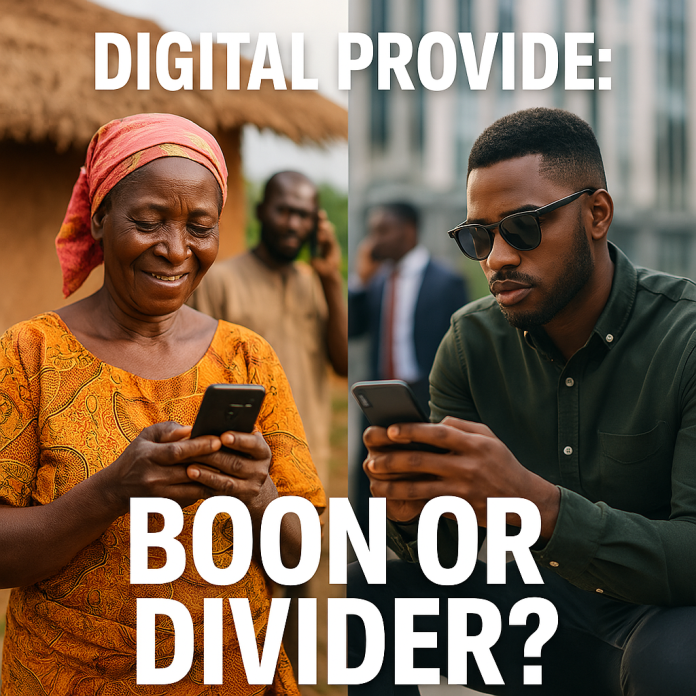In Robert Jensen’s acclaimed study, The Digital Provide, the introduction of mobile phones in Kerala’s fishing markets from 1997 to 2001 was hailed as a triumph of market efficiency. Prices stabilized, waste vanished, profits surged, and consumers rejoiced. But beyond the headline-grabbing figures lies a deeper question: Did everyone benefit equally? Or did this wave of connectivity leave some behind even as it lifted many?
Jensen’s data are persuasive: price dispersion plummeted from 60–70% to below 15%, unsold fish became a rarity, and fishermen saw their profits rise by nearly 9%. These are clear markers of enhanced welfare. But the gains were not necessarily spread evenly. Those who could afford mobile phones earlier—larger, better-capitalized fishing units—gained first-mover advantages. Smaller or more remote operators may have faced barriers to adoption and competition. Herein lies the paradox of the digital revolution: the same tool that democratizes information can also deepen inequality when access is uneven.
Now, in Nigeria in 2025, we’re living in our own version of this paradox. The context may be different, but the patterns are strikingly familiar. More than 140 million Nigerians now use smartphones, a significant leap from just 27% smartphone adoption two years ago. Internet usage has also surged to over 107 million users, accounting for a 45.4% penetration rate. On the surface, these numbers suggest broad access and connectivity gains. But the devil is in the details.
Urban smartphone penetration stands at 59%, while in rural areas, it lags at 26%. Platforms like Facebook count over 36 million Nigerian users, yet many in remote communities lack the devices or digital literacy to engage meaningfully online. In effect, the digital divide in Nigeria mirrors the concerns raised by Jensen’s Kerala fishermen: who benefits from digital access, and who is left behind?
In support of the digital wave, we must recognize its transformative potential. In agriculture, commerce, health, and education, mobile connectivity has enabled smallholder farmers to access market prices, entrepreneurs to reach customers, and remote learners to access content. The mobile phone is not just a communication tool—it’s an economic equalizer, a gateway to empowerment, and a lifeline in emergencies.
Yet, the cautionary tale remains: without deliberate inclusion policies, we risk entrenching inequality. When early adopters leap forward and laggards are stranded, welfare gains become uneven. Rural Nigeria—home to Fulani herders who now organize grazing paths via WhatsApp and farmers who get market updates through simple feature phones—is not untouched by the mobile wave. But these gains remain fragile. With lower smartphone access and patchy connectivity, many still don’t fully enjoy the benefits of mobile-enabled markets unless targeted interventions are made.
The lesson from both Kerala and Nigeria is clear. Technology alone is not a panacea. It must be coupled with investments in infrastructure, digital literacy programs, and affordable access to devices. Government and private sector actors must work together to ensure that the digital provide doesn’t turn into a digital divide.
At Newspot Nigeria, we strongly support equitable digital progress. We believe in the promise of connectivity, but we also urge leaders, policymakers, and innovators to adopt a justice-first approach to digital expansion. The mobile revolution can—and should—lift all boats. But to do that, we must ensure no boat is left without a paddle.
Share your story or advertise with us: Whatsapp: +2347068606071 Email: info@newspotng.com


















